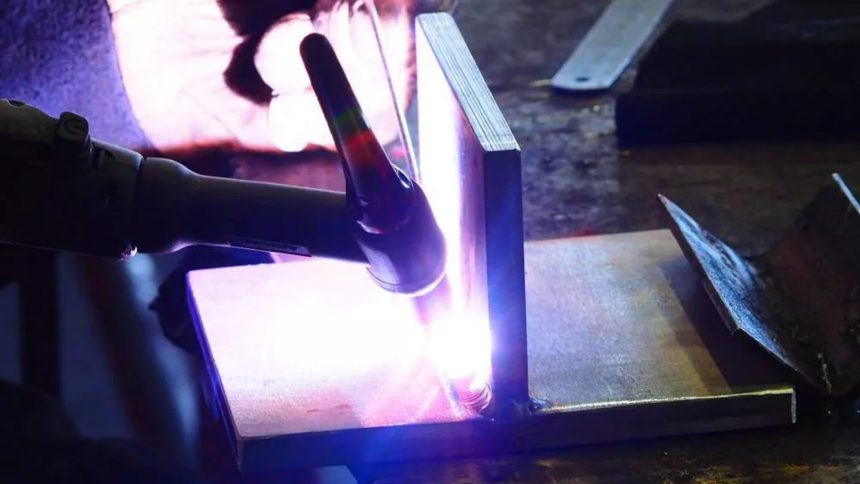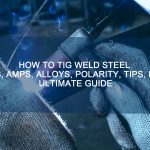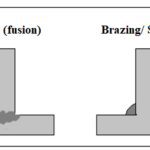When sealing or capping aluminum welds, is it necessary to drill holes to prevent gas expansion, as is done with welded steel?
Reduce the chance of developing expanded gas inside a weldment
Welding Town
The short answer to whether drilling a hole for gas expansion is always necessary when sealing or capping an aluminum weld, like in the case of welding steel, is no. However, understanding the dynamics of your weld process can guide you in making informed decisions for your project.
It’s essential to bear in mind that cosmetic aluminum welds should be visually pleasing and possess structural integrity but are not classified as structural or high-pressure vessels. Structural, high-pressure, and nuclear welds adhere to stringent weld procedure specifications; for these types of welds, qualification by a Certified Welding Inspector (CWI) is required, and nondestructive testing is essential to ensure the welds’ soundness.
When sealing your aluminum weld, it is crucial to avoid the following:
Defective or incomplete welds: Any imperfections in the weld can potentially allow liquid to penetrate the weldment or enable gas to escape, compromising the integrity of the joint.
Contamination: The presence of contaminants weakens the fusion zone, reduces corrosion resistance, and alters mechanical properties, jeopardizing the overall weld quality.
Trapped gas: Trapped gas within the weld can lead to a gummy section that becomes difficult or impossible to close properly.
To address the issue of a gummy weld at the end of a bead caused by trapped gas, consider drilling a small hole into the weldment while the gas is still inside to allow for its escape. Once everything has cooled down, and the gas has dissipated, you can return to seal the hole. However, take care not to significantly raise the temperature of the weld during this process.
An alternative method to prevent gas expansion is to intentionally stop your weld about ½ inch before reaching the end of the closing weld. Allow the weldment sufficient time to cool down and the gas to escape. During this cooling period, you can take a break, move on to another project, or have lunch. Once everything has cooled, ensure to clean the area to be welded, reducing or eliminating the oxide layer that may have formed during the cooling process. Afterward, proceed to complete your weld bead, ensuring a sound and secure seal.












